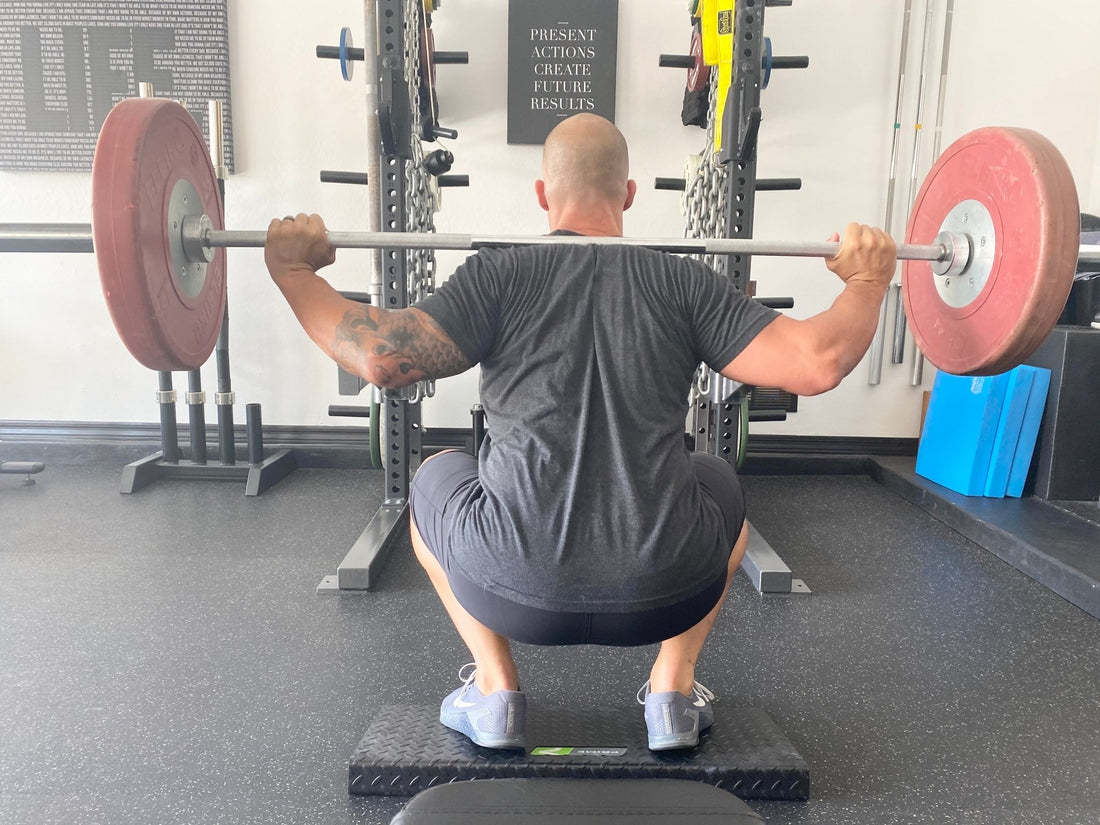
Determining Training Volume
Share
DETERMINING TRAINING VOLUME
The days of performing three sets of ten repetitions on every exercise have been over for a long time. Good strength coaches understand the relationship between the number of repetitions to percentage of maximum and the training effect associated with them.. There is no magic number when it comes to how many reps one should complete for a specific exercise.
Volume refers to the total amount of work that is performed in training and is programmed by sets and repetitions. Repetitions protocols should change depending on the fitness level of the athlete, the specific exercise, and the training goal.
STRENGTH QUALITIES
Training goals should be selected based on the strength qualities that need to be developed with the specific athlete. These are the specific adaptations that you are looking to elicit from the training process. There are four strength qualities the coach must identify from when designing training programs.
Each strength quality is associated with a specific rep range and level of intensity along the 1RM continuum. The higher the intensity, the greater the neurological demand. The lower the intensity, the more the adaptation is metabolic.

Relative Strength
Development of strength as a result of improved neuromuscular coordination. This is accomplished through lower reps, in the range of 1-4.
Functional Hypertrophy
Development of hypertrophy as a result of increased cross-sectional area and improved neuromuscular function. This is accomplished within the 6-8 rep range.
Hypertrophy
Development of hypertrophy as a result of increased cross-sectional area and improved metabolic functions. This is accomplished within the 9-12 rep range.
Strength Endurance
Development of muscular endurance as a result of improved metabolic functions and increase tolerance to fatigue. This is accomplished through higher reps, in the range of 13-20 and higher.
SETS & REPS
There is an inverse relationship between the number repetitions and sets that can be performed in a training session. If you are performing high repetitions to achieve a certain level of stimulation, low sets would be appropriate. However, if you are training low reps, a higher number of sets will be needed to achieve optimal volume.
1RM CONTINUUM
The number of repetitions prescribed should always dictate the load used for an exercise. Once we identify training goals, we select rep schemes that will help us achieve that goal. The 1RM Continuum, although not perfect in its design, will assist us in getting into the right “neighborhood” so to speak, when selecting the appropriate load for our primary exercises.
There are many factors that can influence the accuracy of the 1RM continuum. This includes, fiber dominance, exercise, and recovery status. A good coach understands how to implement the 1RM to help navigate the training process with their athletes. The “eye of the coach” will always be the final determining factor when prescribing exercise intensity.

CONCLUSION
Understanding strength qualities is critical when determining training volume. Rep schemes should be selected based on the training goal. Creating clear and precise training goals after a good evaluation process is the key to success when designing effective strength training programs.
TRAINING UPDATE:
We are passionate about strength training. You can work with us in a private or semi-private gym setting, or from your own gym with our remote services. Visit the TRAIN page on this website to learn more about how we can help you reach your fitness and training goals.
You can also email us at directly at info@fortitudegymhq.com to continue the conversation!
